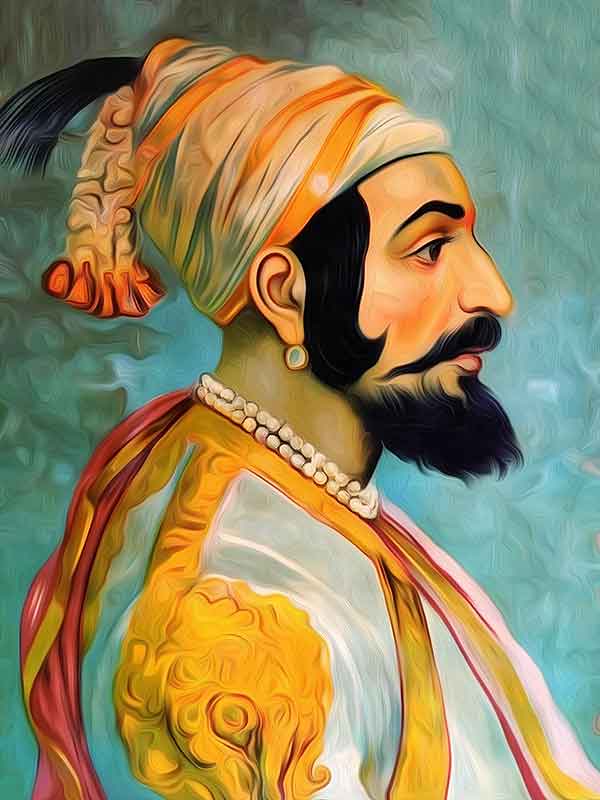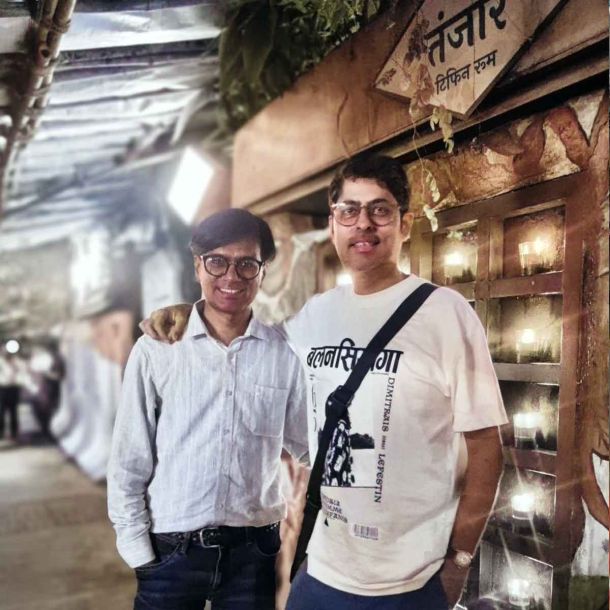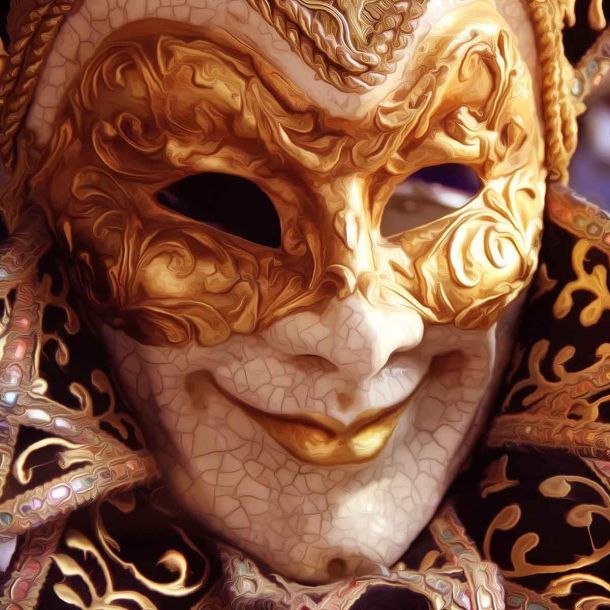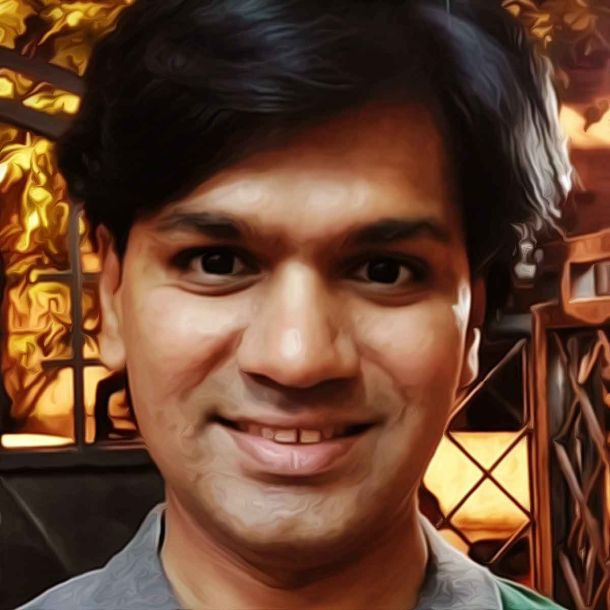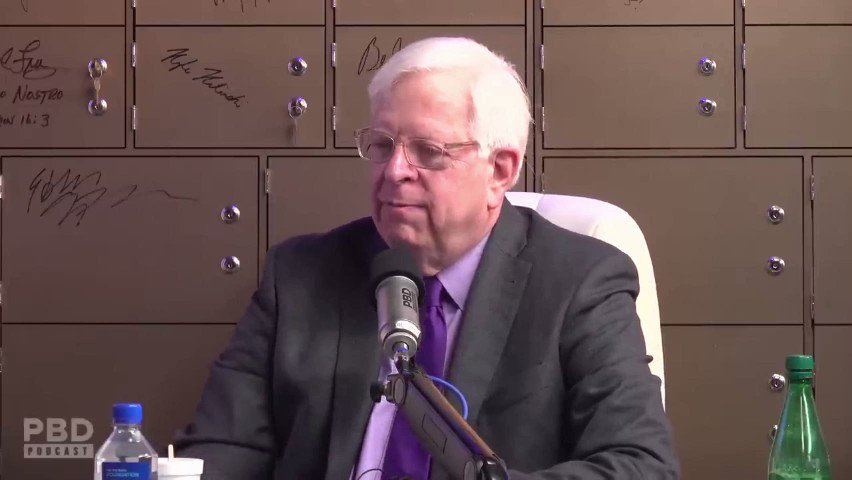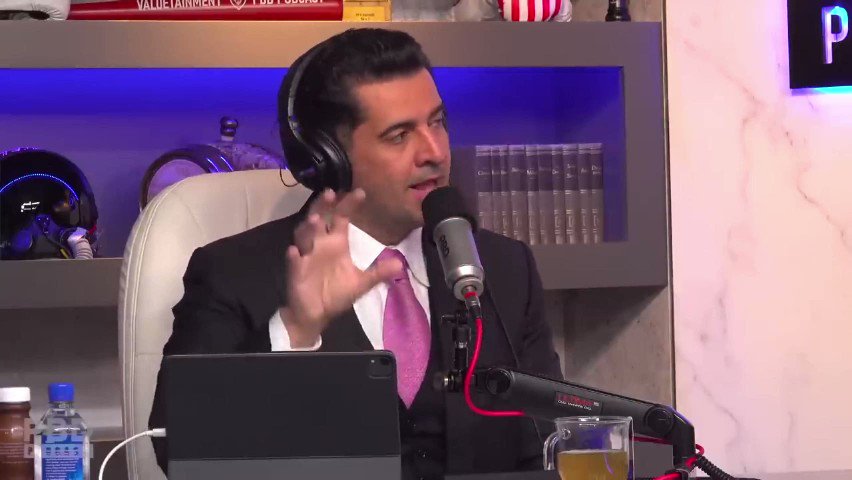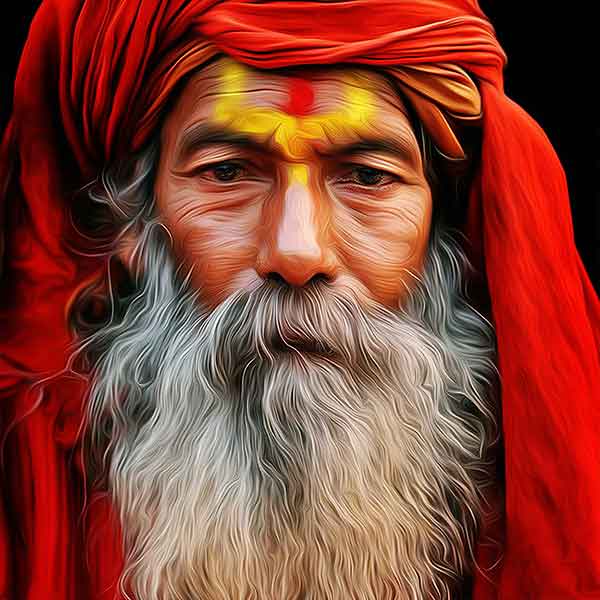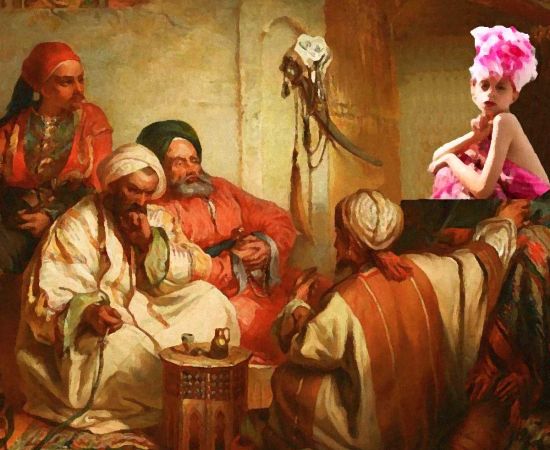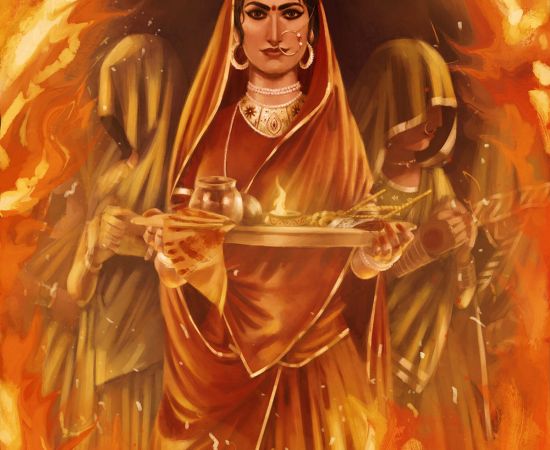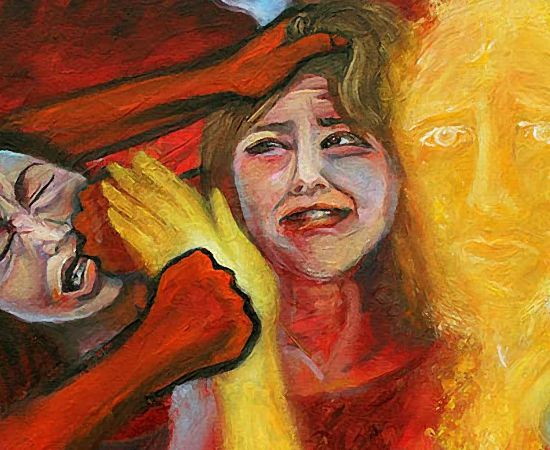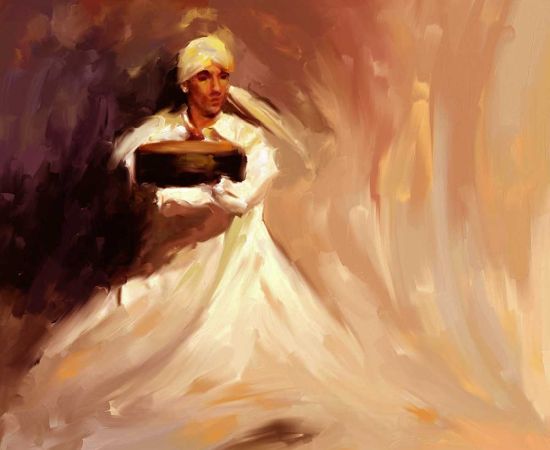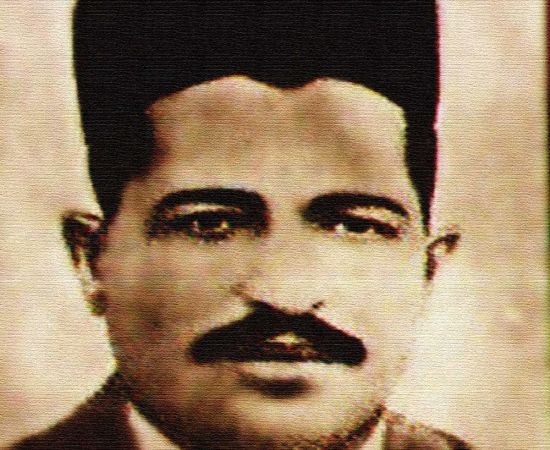More Coverage
Twitter Coverage
Satyaagrah
Written on
Satyaagrah
Written on
Satyaagrah
Written on
Satyaagrah
Written on
Satyaagrah
Written on
JOIN SATYAAGRAH SOCIAL MEDIA
"आक्रोश": Madurai erupts as thousands of Hindus unite to defend the sacred Thiruparankundram Murugan Temple from Islamist encroachment, reinforced by the 1931 Privy Council ruling affirming the temple's ownership, leading to massive protests

On Tuesday, 4th February, the historic city of Madurai witnessed a massive wave of protests as thousands of Hindus gathered at Palakkanatham to stand against what they believe to be a serious threat to their religious heritage. The unrest was sparked by allegations that Islamists are laying claim to the Thiruparankundram hill, a sacred site that houses the ancient Murugan Temple, a place of immense spiritual significance for Hindus.
|
The demonstration, organized by the Hindu Front, was carried out in the presence of a robust security force of 3,500 policemen, deployed to ensure order as the court granted permission for the protest to proceed. Despite the green light from the judiciary, tensions ran high in the city as police enforcement maintained strict control due to the imposition of Section 144—prohibitory orders banning public gatherings—enforced on February 3rd and 4th. These restrictions made the protest highly sensitive, with local authorities keeping a vigilant eye on the proceedings.
According to local reports, the Hindu Munnani was granted permission to conduct the protest at the Palaganatham Roundabout between 5 pm and 6 pm, marking a crucial hour for devotees and activists alike. Defying the atmosphere of restrictions, thousands of devotees of Lord Murugan arrived from across Tamil Nadu, chanting slogans in praise of the deity and expressing their solidarity. Women, men, and entire families turned out in large numbers, their determination to safeguard their religious heritage evident in their passionate calls for justice.
This was not a lone effort. Over 50 Hindu organizations threw their weight behind the protest, including prominent groups like the BJP, RSS, Hindu Munnani, Hindu Front, and the Vishwa Hindu Parishad (VHP). These organizations, united by a common cause, made their presence felt with a display of unity and cultural pride. Saffron flags waved high as the crowds chanted slogans denouncing what they termed the "Islamization" of the Thiruparankundram hill, insisting on the protection of the temple’s sacred status.
|
|
The intensity of the protest spread rapidly across social media platforms, where numerous videos surfaced, showing participants in action—raising saffron flags and chanting fervent slogans. The event concluded promptly before 6 pm, adhering to the court-approved schedule. However, the authorities maintained a significant security presence in the area even after the protest ended to prevent any potential flare-ups.
The protest's backdrop involved a contentious directive issued by the Tamil Nadu police in Madurai. Days earlier, the authorities barred members of the Muslim community from transporting livestock for ritual sacrifice to the Sikandar Badusha Dargah, located on the same hill as the Murugan Temple. The police clarified that while the community was permitted to bring cooked meat for consumption and religious observance, the transport of live animals such as chickens and goats for sacrifice was strictly prohibited.
This ban, while intended to prevent conflict, became a flashpoint for religious tensions in the district. The hill's dual significance—as both a revered Hindu site and a location for Muslim religious practices—heightened the sensitivity of the issue. The decision drew the attention of Indian Union Muslim League MP Nawaz Kani, who engaged in discussions with law enforcement regarding the matter. Despite his involvement, the authorities stood firm on their decision to restrict animal sacrifices on the hill, emphasizing the need to maintain religious harmony and protect the sanctity of the Murugan Temple.
Following the tensions, Indian Union Muslim League MP Nawaz Kani emphasized that the practice of taking goats and hens to the hill for ritual sacrifice, cooking, and consumption had been a long-standing tradition and insisted that it should be restored. His statements came amidst ongoing unrest surrounding the sacred Thiruparankundram hill.
|
|
The issue traces back to 27th December of last year when a Muslim family, led by Syed Abu Dahir, a 53-year-old resident of Malaiyadipatti, attempted to transport animals to the hill for sacrifice. The police intervened and detained the family, an act that triggered a protest by 20 Islamists, who expressed outrage over the detentions. The situation escalated further when, on 5th January, a large-scale protest was organized by members of the Muslim community at the base of the hill. Protesters demanded unrestricted access to perform prayers and other religious rites at the Sikandar Badusha Dargah, located atop the hill. However, tensions boiled over during this demonstration, leading to clashes between the protestors and police, with multiple detentions reported.
Muslim groups have maintained that Sultan Sikandar constructed the Sikandar Badusha Thozhugai Pallivasal, the Dargah at the center of the dispute, approximately 400 years ago. They argue that their community’s religious practices, including the sacrificial rituals, have historical precedence. This assertion has fueled growing concerns among the Hindu community, who view the ongoing protests and claims as attempts to infringe upon their religious heritage.
On 18th January, members of the Social Democratic Party of India (SDPI) organized a Sammanboj event on the hill. The event involved plans to sacrifice goats and chickens as part of the community’s traditional meals. Information regarding this plan circulated on social media, prompting police intervention. Authorities set up barricades around the area, explicitly stating that while animal sacrifices were prohibited atop the hill, the Muslim community was permitted to bring and consume cooked meat. Despite this allowance, members of Hindu Munnani opposed the gathering, accusing Muslims of attempting to convert the sacred hill—one of Lord Murugan’s six holy abodes—into an Islamic site of worship.
The resulting confrontation led to clashes between police and Jamath members, further deepening the divide between the two communities. This unrest prompted DMK Manapparai MLA Abdul Samad to conduct an informal survey of the hill on 21st January, during which he claimed control of the site on behalf of the Muslim community. His actions were supported by MP Nawaz Kani, who argued that the hill is Waqf property and asserted that Muslims should have full rights to conduct religious practices, including animal sacrifices, without interference. According to Kani, this tradition has been part of the hill’s history and should not be interrupted.
However, the Hindu community firmly rejects these claims, emphasizing the sacred significance of Thiruparankundram Hill. The hill holds immense historical and religious importance, not only because of the presence of the ancient Lord Murugan Temple, which has been a pilgrimage site for centuries, but also due to its ancient Jain caves. These caves, surveyed by the Archaeological Survey of India (ASI), date back to the 2nd century BCE and contain Tamil Brahmi inscriptions, further underscoring the hill's historical relevance.
Adding to the tensions, Muslims have reportedly begun referring to the site as ‘Sikandar Hills’ in a bid to strengthen their religious claims to the area. This renaming effort, combined with the disputes over ritual sacrifices and site access, has inflamed emotions on both sides, making the situation highly volatile. The confrontation is not merely about religious rituals but has evolved into a battle for cultural and historical identity, with each community asserting its connection to the sacred hill.
|
|
Muslims claiming ownership of the hills, calling it ‘Sikandar Hills’
The ongoing controversy surrounding Thiruparankundram Hill, which houses the ancient Murugan Temple and Jain caves, is not a recent development sparked by police orders. Historical records reveal that Muslims have been making claims over the hill, referring to it as ‘Sikandar Hills’, since the 19th and 20th centuries. These claims have repeatedly challenged the sanctity of the site, which holds immense religious importance for both Jains and Hindus. Despite the efforts to rebrand the hill, legal authorities have consistently reaffirmed that the Lord Murugan Temple has been the principal entity holding ownership and spiritual dominance over the hill for generations.
In a significant case from 1931, similar claims were brought forward by Islamists, who asserted that the hill belonged to the Muslim community and was historically known as ‘Sikandar Hills.’ However, on 12th May 1931, the Privy Council thoroughly reviewed the evidence and ruled in favor of the Thiruparankundram Temple. The council recognized the temple's longstanding control over the unoccupied portions of the hill, emphasizing that it had been treated as temple property for centuries. This ruling further cemented the temple’s rights over the surrounding land and sacred areas.
The core issue under dispute at the time revolved around the confiscation of endowed villages and whether this impacted the temple's property rights over the wastelands located within the Ghiri Veedhi, an area forming part of the Malaiprakaram (outer precinct) of the temple. The Privy Council judgment highlighted the matter in detail, stating: "The question at hand is whether any presumption should be drawn from the confiscation of the endowed villages concerning the property rights in the wasteland situated within the Ghiri Veedhi, which forms part of the Malaiprakaram. It is admitted that the village of Thiruparankundram, where the temple is located, was part of this endowment." This legal acknowledgment reinforced the temple’s rightful ownership of the area, further dismissing attempts to undermine its sacred status.
The Thiruparankundram Temple is one of the most venerated shrines dedicated to Subramanya, the divine son of Lord Shiva. The temple’s deity is carved directly into the hill, a testament to the site’s ancient and enduring spiritual significance. For centuries, this unique carving and sacred space have attracted thousands of devotees who walk the two-mile pilgrim’s path, known as Ghiri Veedhi, to perform pradakshina (circumambulation) as an act of devotion.
Historical records show that the path and the surrounding lands were part of the Malaiprakaram, a term that has been in use since 1144, indicating the temple’s extensive and historical claim to these areas. The deeply entrenched spiritual and cultural ties of the temple to the hill stand in stark contrast to recent efforts to assert ownership under a different religious identity. Despite the pressures and ongoing claims, the Hindu community continues to defend the sanctity of the site, backed by centuries of historical and legal validation.
|
Historical records show no interference by Mahomedan invaders
In the landmark 1931 council judgment, the Subordinate Judge provided a crucial explanation of the terminology and ownership related to the Thiruparankundram hill. He clarified that the term ‘prakaram’ refers to the temple's outer area, while ‘Malai’ signifies the hill itself. The judgment reiterated that "The Thiruparankundram Temple had proven its historical possession of the unoccupied portions of the hill, treating it as its property for generations." This statement underscored the temple’s long-standing ownership of the hill, which had been preserved without any significant interruption or interference by Mahomedan invaders, according to historical records.
Interestingly, despite the absence of direct invasions or large-scale interference by Muslim rulers, there were instances where Muslim residences appeared atop the hill. Reports suggest that this development may have been imposed upon the local Hindu inhabitants, compelling them to tolerate such changes. Nevertheless, these circumstances did not undermine the legal rights of the temple. Ownership of the hill remained firmly with the Hindus, a position recognized and upheld by the East India Company during the colonial era. The Subordinate Judge further confirmed that the then government acknowledged the hill as temple property, cementing the community’s legal authority over the land.
Historical documentation from the case highlights the complex situation, stating: “During some interval of Mahomedan domination that mosque and some Mahomedan houses were built, but this was an infliction which Hindu occupants of the hill could have been forced to put up with. Thus, rights which temple could assert against Respondent were rights which East India Company granted to them."
However, tensions surrounding the hill have persisted into modern times. Local Hindus have voiced serious concerns, alleging that parts of the hill have been systematically encroached upon under the guise of religious festivals. They claim that these encroachments have contributed to a gradual erosion of the temple's sacred spaces and have heightened their fears of losing control over this important site.
Adding to the controversy are accusations directed at the Tamil Nadu government’s Hindu Religious and Charitable Endowments (HR&CE) Department. Many locals believe that the department has engaged in Muslim appeasement politics, which they argue has further exacerbated the communal divide. Critics have pointed out that instead of protecting the temple’s rights and preserving its heritage, the HR&CE Department has allegedly allowed or overlooked encroachments, leading to increased unrest among the Hindu community.
 Support Us
Support Us
Satyagraha was born from the heart of our land, with an undying aim to unveil the true essence of Bharat. It seeks to illuminate the hidden tales of our valiant freedom fighters and the rich chronicles that haven't yet sung their complete melody in the mainstream.
While platforms like NDTV and 'The Wire' effortlessly garner funds under the banner of safeguarding democracy, we at Satyagraha walk a different path. Our strength and resonance come from you. In this journey to weave a stronger Bharat, every little contribution amplifies our voice. Let's come together, contribute as you can, and champion the true spirit of our nation.
 |  |  |
| ICICI Bank of Satyaagrah | Razorpay Bank of Satyaagrah | PayPal Bank of Satyaagrah - For International Payments |
If all above doesn't work, then try the LINK below:
Please share the article on other platforms
DISCLAIMER: The author is solely responsible for the views expressed in this article. The author carries the responsibility for citing and/or licensing of images utilized within the text. The website also frequently uses non-commercial images for representational purposes only in line with the article. We are not responsible for the authenticity of such images. If some images have a copyright issue, we request the person/entity to contact us at This email address is being protected from spambots. You need JavaScript enabled to view it. and we will take the necessary actions to resolve the issue.
Related Articles
- Temple land in Thiruvannamalai, once a sanctum of spirituality, now besieged by the rise of an ugly shopping complex, devotees decry the greed of @tnhrcedept officials, as heritage is bartered for commerce, endangering the venerable East Gopuram
- "Control your own destiny or someone else will": In a shocking incident, a Dikshitar of the revered Chidambaram Temple in Tamil Nadu assaulted by female police officer, HR&CE officials climb atop Kanagasabai medai while trying to take over mandir forcibly
- DMK banned 500-year-old ritual of ‘Pattina Pravesam’ at Dharmapuram mutt in Tamil Nadu: Madhurai Adheenam claims threat to life after he accused MK Stalin-led govt of encroaching rights of Hindu temples
- “If Nagaland people who eat dog meat have so much self-respect”: I.N.D.I. Ally DMK Leader makes racist comments against Nagaland people, reflecting a startling lapse in political humility, Tamil Nadu Guv hits back, Annamalai demands him to be arrested
- Narasimha Anjaneyar temple demolished in Tamil Nadu despite devotees best efforts to save it, places of worship of other religions are spared
- HRCE flexes muscles to arrest a YouTuber Karthik Gopinath for collecting funds to restore murtis vandalized in an HRCE controlled temple, had moved funds to Padma Shri famed sculptor VK Munusamy to build the broken statues
- “Dereliction Of Duty”: Madras High Court Judge criticizes police inaction against DMK Ministers participation in ‘Eradicate Sanatana Dharma’ Conference, while Udhayanidhi Stalin after High Court's criticism maintains that he will oppose Sanatana forever
- HRCE officials replacing hereditary pujaris with Crash course non-brahmins under the pressure of Christians and Leftist NGOs in Tamil Nadu temple: Breaking the age-old sampradaya to hurt Hindu Dharma
- DMK govt relentlessly destroying traditions of Hindu temples and community, amends rule to transfer temple staff including pujaris: Earlier replaced pujaris of generational traditions with 2-year crash course certified pujaris
- BJP TN Chief Annamalai criticizes DMK for the release of 36 Islamists from the 1998 Coimbatore blasts, even hashtag #CoimbatoreWillNotForgive trends, while DMK & AIADMK jostle over minority appeasement, igniting fierce debates across Tamil Nadu
- DMK government in Tamil Nadu boasted that temple land worth Rs.2600 crore has been recovered and even launched a book giving details about it, temple lands amount to 5.25 lakh acres: Activist busts HRCE propaganda
- 75 illegal Bangladeshi nationals vanished from Tamil Nadu’s Trichy camp, exposing DMK’s severe security failure, as Annamalai blasted the govt for misusing police to target critics while illegal migrants thrive in hubs like Tiruppur, Nallur and Coimbatore
- "अशुभ": Thiruparankundram Hill, sacred to Hindus, faces encroachment as Nawaz Kani’s planned eating non-veg spark outrage; BJP, Hindu Munnani, and Annamalai condemn DMK’s silence, organizing a Feb 4 protest to protect Lord Murugan’s historic abode
- "Hatred is the coward's revenge for being intimidated": Descendants Of Vijayanagara Empire who reconstructed Chidambaram Natarajar Temple condemn TN Govt, “Give up politics of hatred against Deekshitars who are hereditary owners of the temple"
- For the first time in the history of Puri Srimandir, 40 to 100 earthen hearths in the kitchen of Shree Jagannath Temple of Puri in Odisha were vandalized inside the Rosa Ghara
